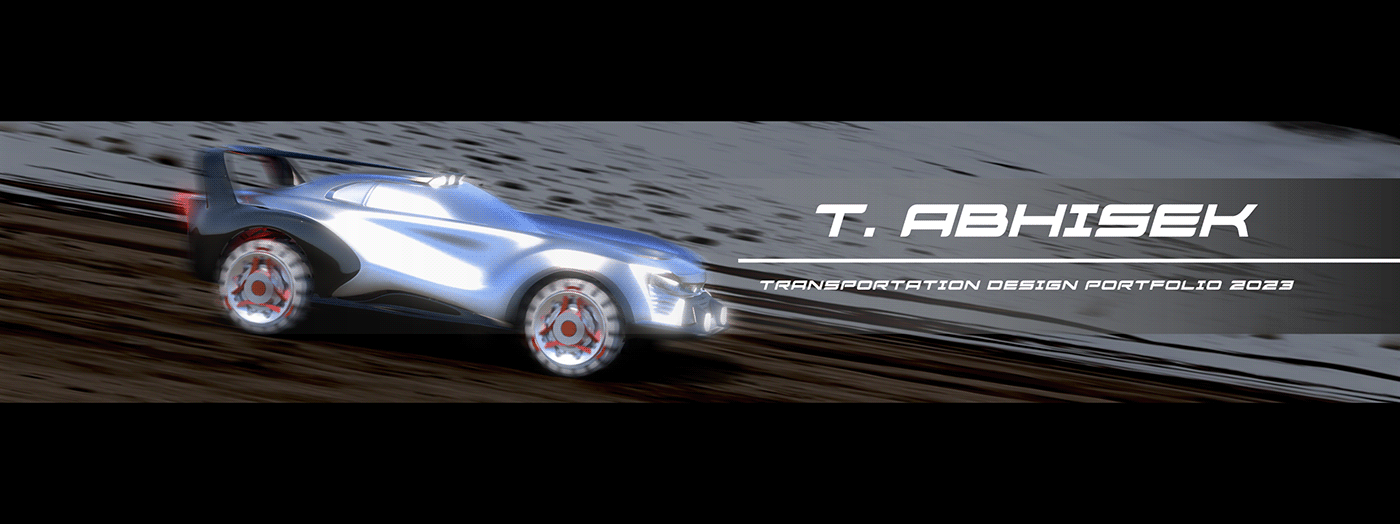
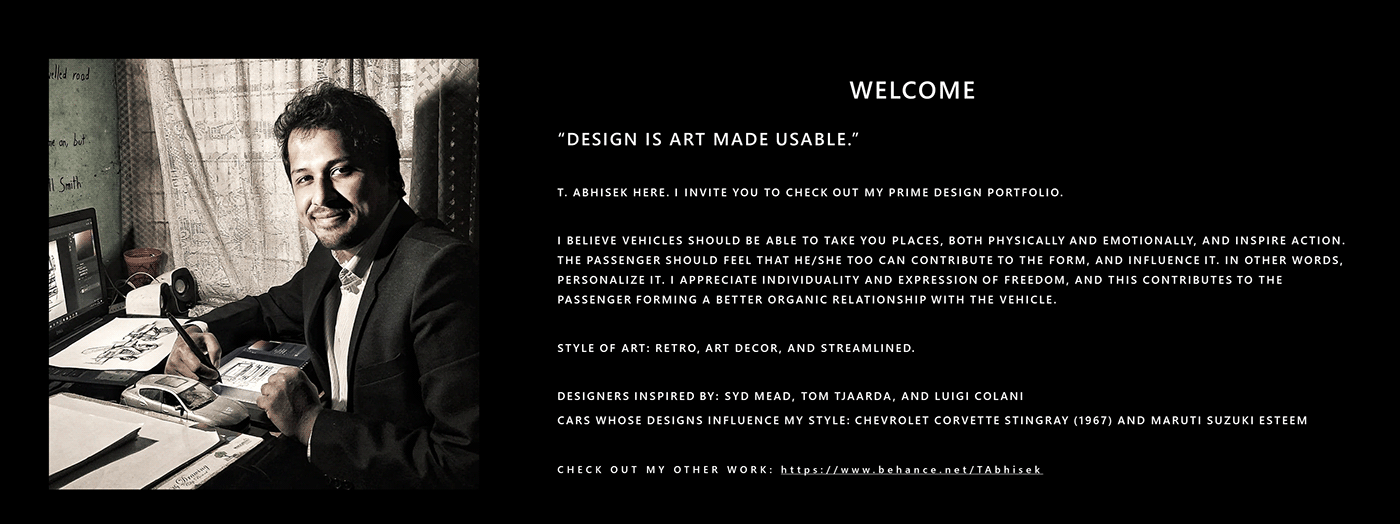


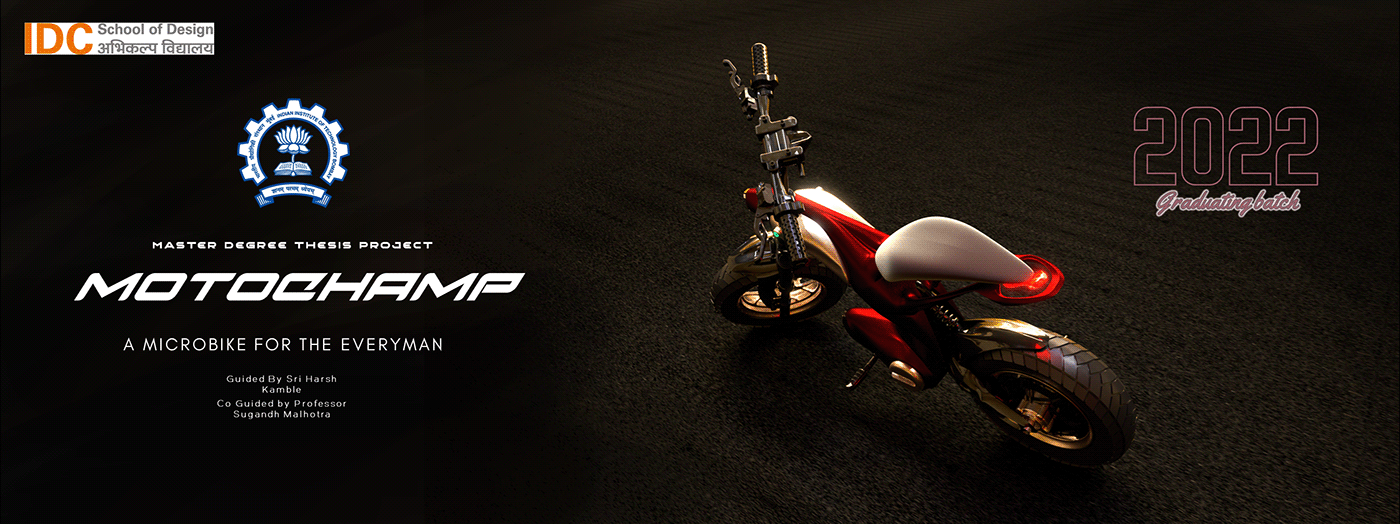
I declare that this work includes ideas of my own, and the excerpts are my own words, and where other words have been included, I have adequately cited and referenced the original sources. I have adequately cited and referenced the original sources. I also declare that I have adhered to all principles of academic honesty and integrity, and have not misrepresented, falsified any idea, data, fact, source in my submission. I understand that any violation of the above will be a cause for disciplinary action by the Institute and can also evoke penal action by the Institute and can also evoke penal action from the sources which have thus not been properly cited of from whom proper permission has not been taken when needed.
I am grateful to Shri Harsh Kamble and Professsor Sugandh Malhotra for guiding me throughout this project. He had been very patient and had trusted me to carry on the work despite many of my failures which I encountered up to this point. I would also like to thank Professor Nishant Sharma for giving his valuable criticisms and input. I am grateful to have learnt and applied everything that I have learnt in this project. Finally, I am grateful to IDC for granting me a seat in this institution which allowed me to reach up to here.
Abstract: The COVID area has influenced a culture change amongst people, and transportation solutions and services a huge amount of change in the way they are preferred. Due to rising prices in mainstream vehicles and awareness of safety norms which has led to people having lower confidence in public transportation, there is a surge in the need of a last mile, pardon, last meter vehicular transportation for individual commute for filler travel/transport, which is commute between a starting location to the mainstream transport, or vice versa. Whereas, bicycles remain the number one preferred mode of transportation in such areas, there is a space for a mode of transportation which requires less physical effort. This project aims to solve and fill the issue requiring it.
Keywords: Transportation, Last Meter, Vehicles, Commute, Travel




Tata Punch and Tata Safari were taken as a benchmark for small and larger SUVs, because they are the popular choice of options, usually preferred by the middle class society.











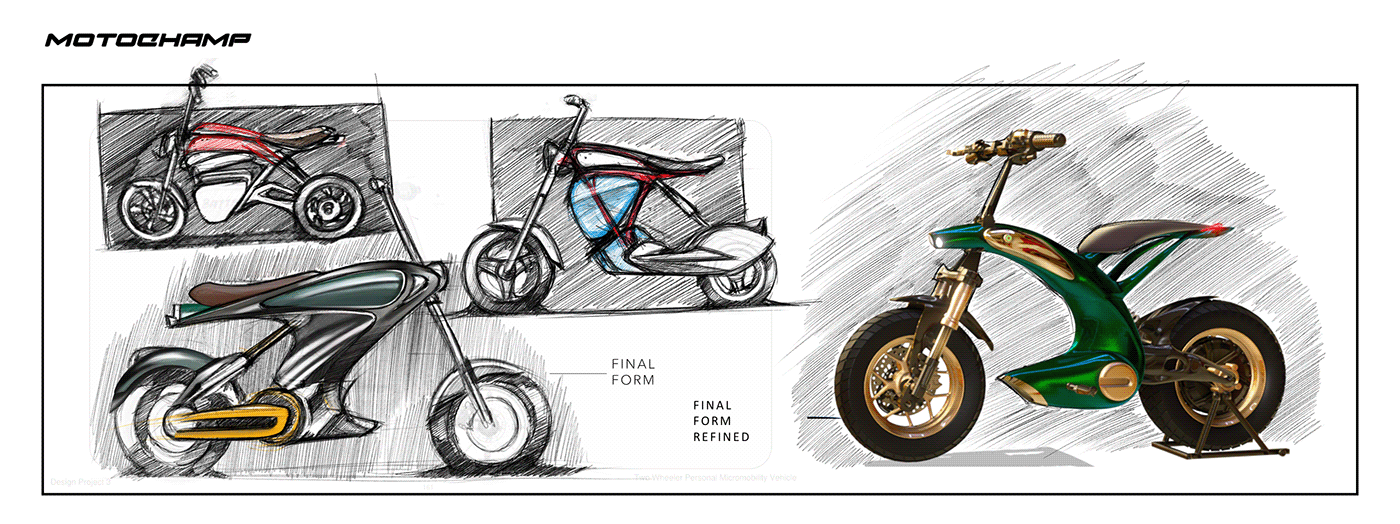




The headlight unit is an LED unit.
3D Model created in Autodesk 3DS Max.
Rendered on Autodesk VRED.
Rendered on Autodesk VRED.


Steps to fold the handle bar.
Step 1: Fold the handlebar downwards, by loosening the joints.
Step 1: Fold the handlebar downwards, by loosening the joints.
Step 2: Loosen the locks around the handle grips, and fold them downwards.
Step 3: Attach the clip to the now folded handlebar.

The footpeg housing. When the footpeg is folded, it is enclosed inside of the housing. The cover is made of ABS plastic.

The hook to attach a lock to the motorcycle is shaped like a grab handle The user can put a cable lock around the grab handle and attach the lock to a nearby stationery object, for example, a pole.

The illuminated ring is an LED unit, which shows green when the motorcycle has more than 50 percent charge.
The ring turns into Amber colour when the battery level is aroud 20 to 50 percent.
The ring colour illuminates Red when the battery level is below 20 percent.
The ring turns into Amber colour when the battery level is aroud 20 to 50 percent.
The ring colour illuminates Red when the battery level is below 20 percent.

The user can ride the motorcycle for various purposes. The motorcycle is made to be light, and fun, so it also allows the user to gain better freedom to traverse various road conditions without getting their feet dirty.
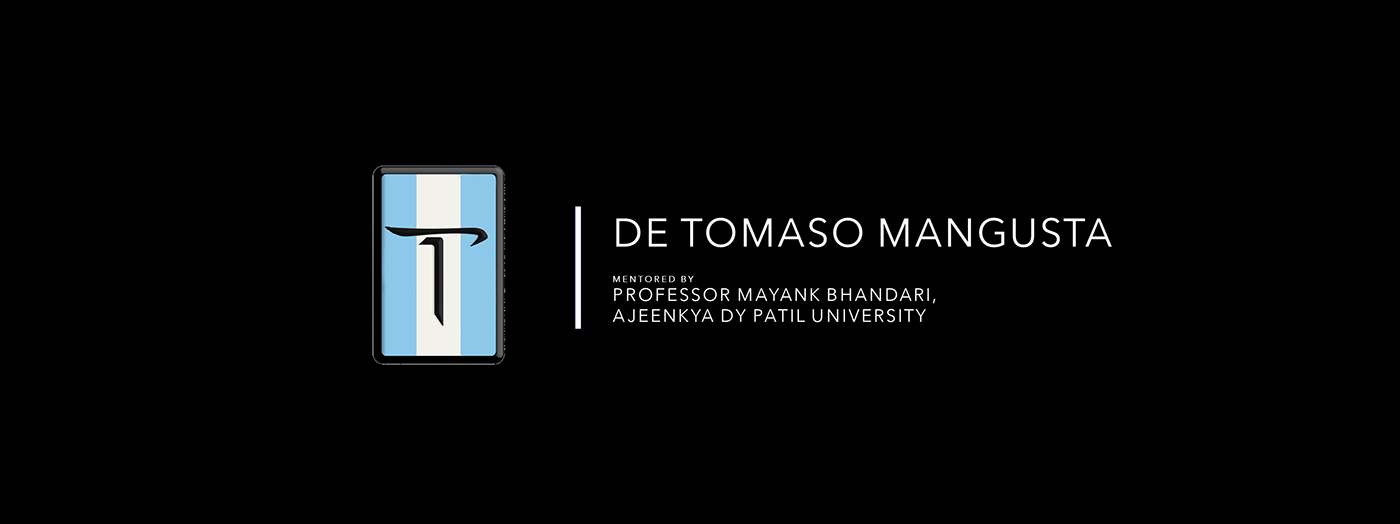


This project was done in my second year of my Bachelor's Design Degree Program. The aim of the project was to improve sketching levels and trace design languages of older cars and reinterpret them into newer designs.




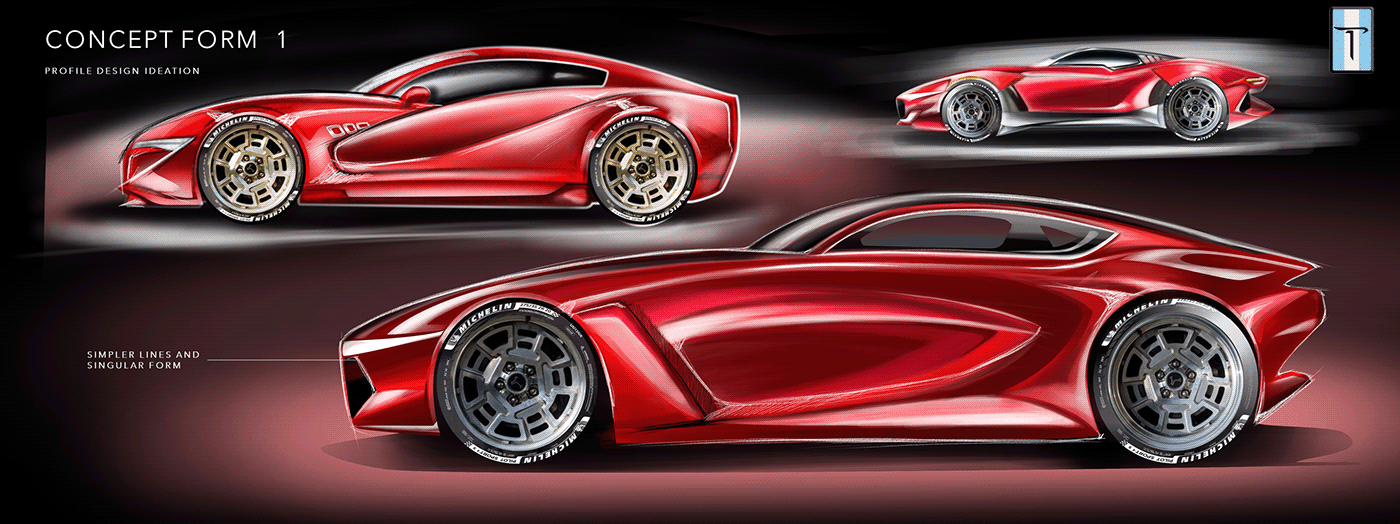

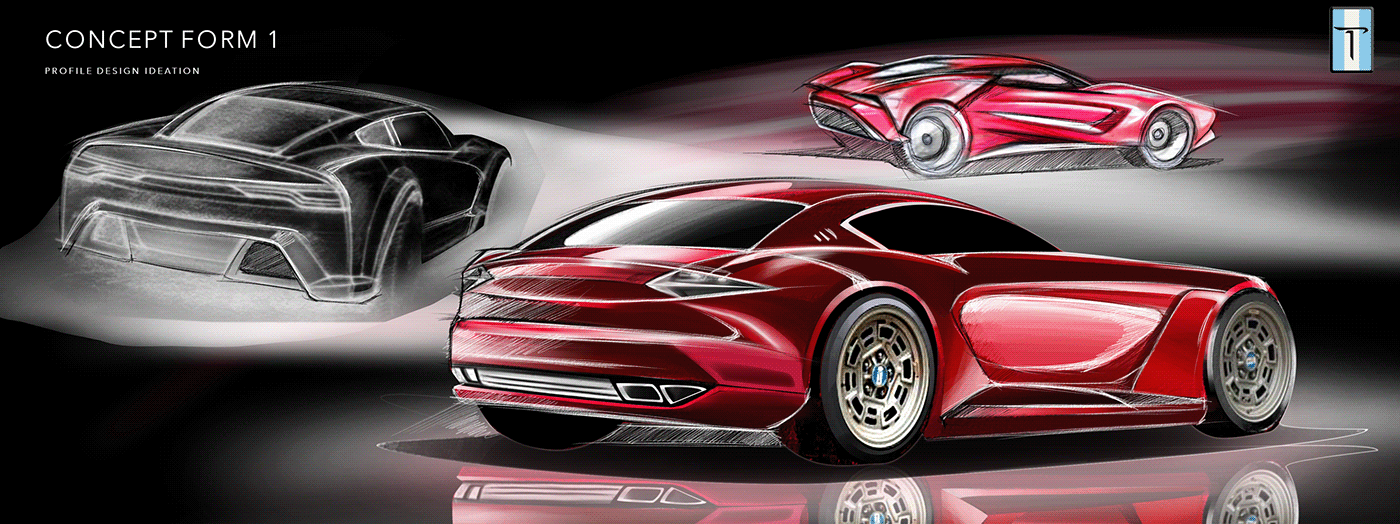




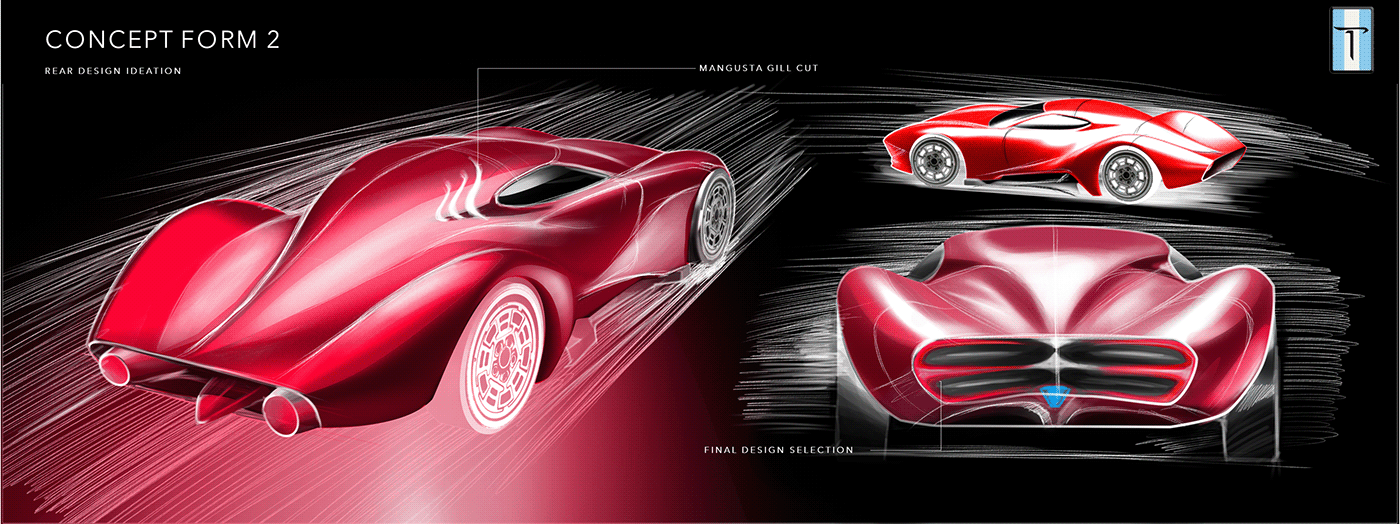







De Tomaso Mangusta Interactive 3D Model. Please run your fingers (phone) or moe across the image to see the details.






This project was started in my third year of bachelor's degree. The motive was to make sketches in detail and adapt current trends, design language and develop a basic persona. The design was supposed to appropriately made for the persona.
Initially, the project was intended to introduce a successor to the Mahindra E2O.




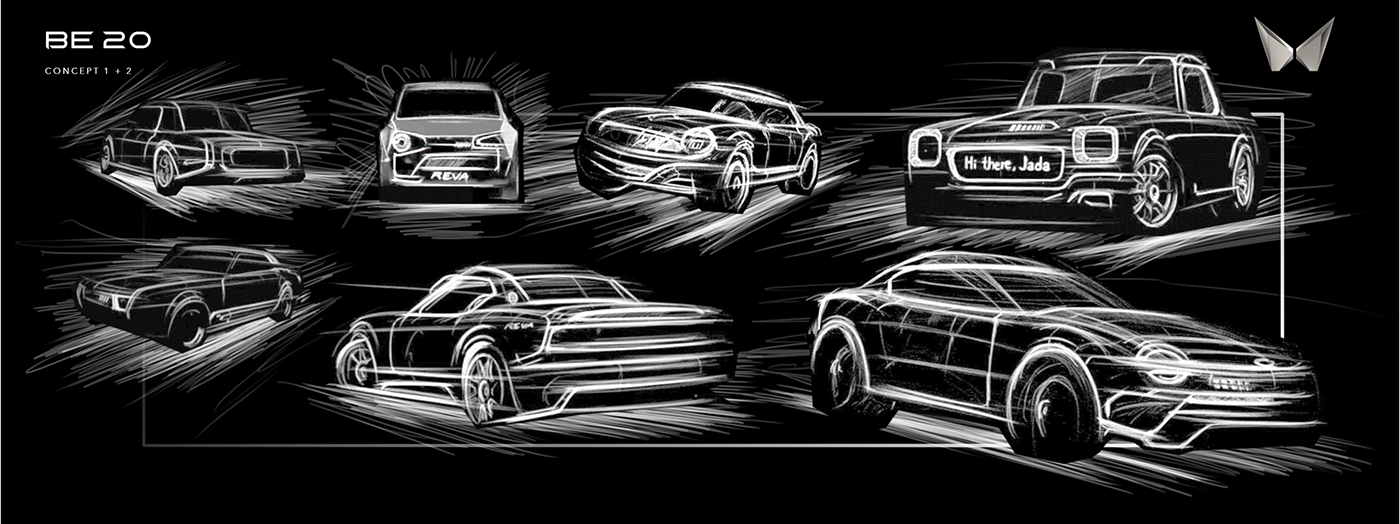
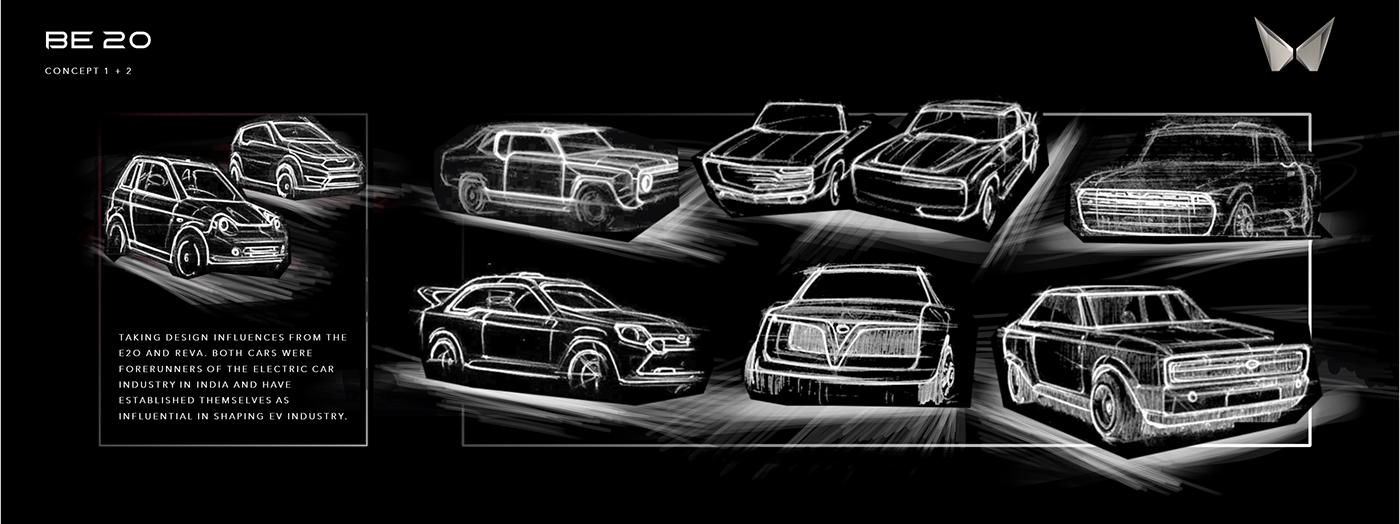
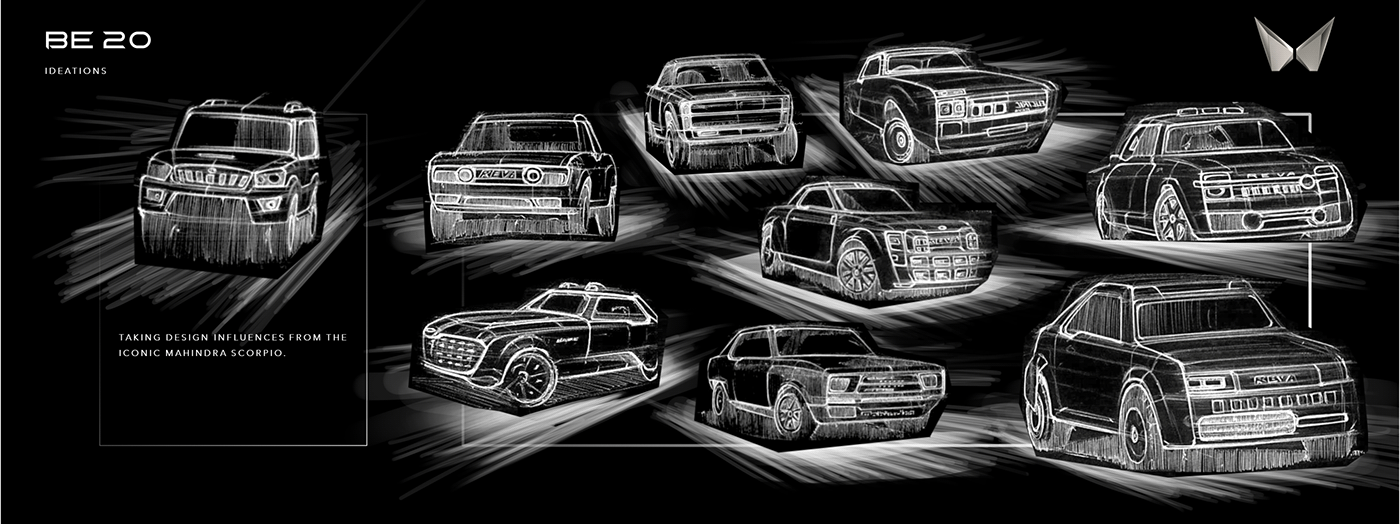






Turntable animation of the final design.
Modelled in Autodesk 3DS Max.
Rendered and animated in Autodesk VRED.

Due to the higher ground clearance, and a similar body style and size to compact sedans, the user can go to adventurous driving easily, when he/she gets an opportunity to do so. The car also doubles itself as a daily driven practical car.


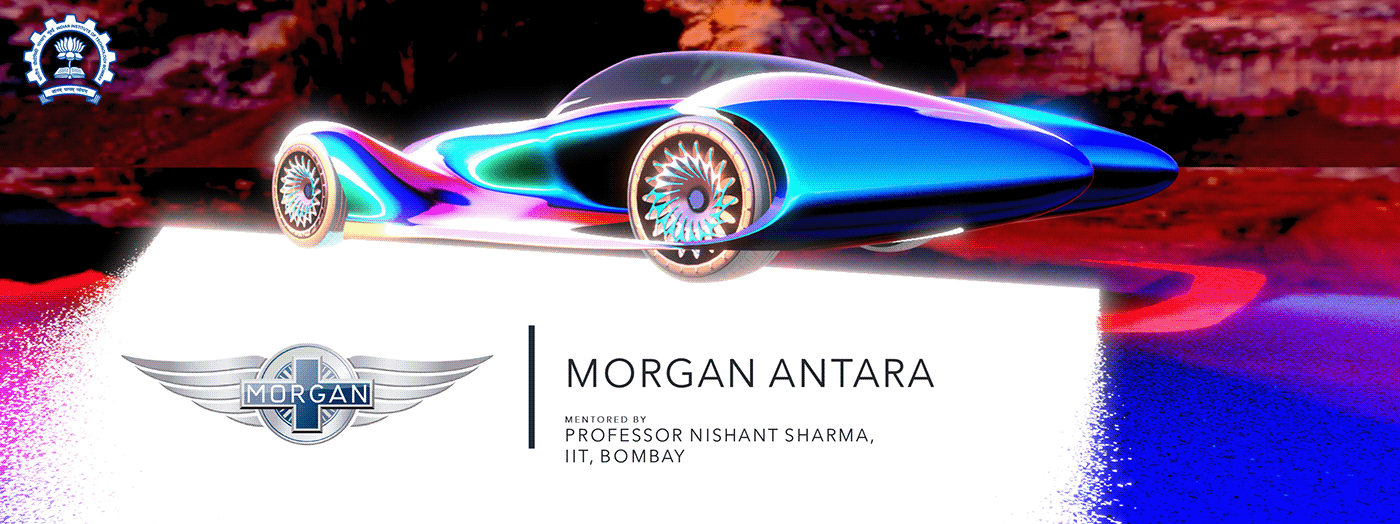
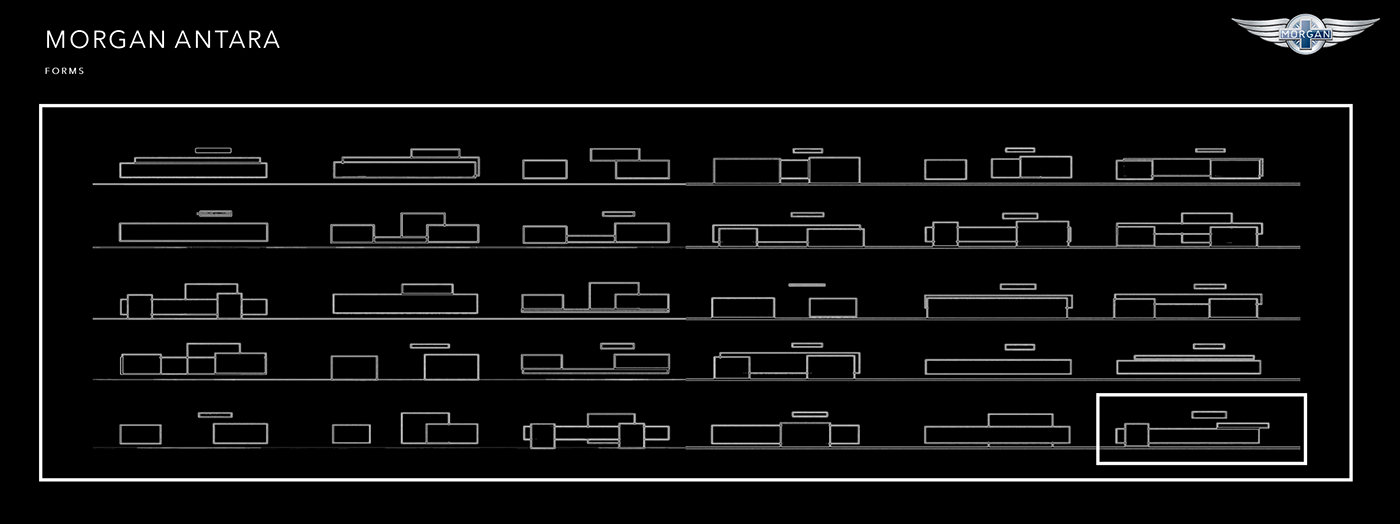
The project was started to help me learn about forms in depth. Originally, the project was intended to make a design of a newer generation of the Morgan Aeromax. It was done as a first year second semester project for my Master Degree course.
The volumes on the side profile of the boxy form exude the feeling of dominance, and as a support for the smaller volumes above. This provides more visual bulk, defined and a dignified stance. The middle bottom form is wide and assumes the form of core support, providing a muscular and elegant appeal. The middle top form of the box is biased towards the rear side to provide an arrowshot stance. This makes it look fast and poised for motion,

I tried combining the form of the original Morgan Aeromax with the acquired boxy form.

My project was initially planned to be completed here, but I went ahead, and decided to work further to provide more meaning to the concept. Hence, I decided to add my own idea, which confirms to the requirement of the project and design, and enhances the forms.








The rear lamps project laser lights to the ground, producing a safe distance boundary for pedestrians and trailing cars. It also serves as a distance measuring feature while parking.

The form of the Morgan Antara calibrates seamlessly with water waves.

Animated view of the Morgan Antara. The front face of the Antara is similar to a waterfall.
3D Model created in Autodesk 3DS Max.
Animation done in Autodesk VRED.
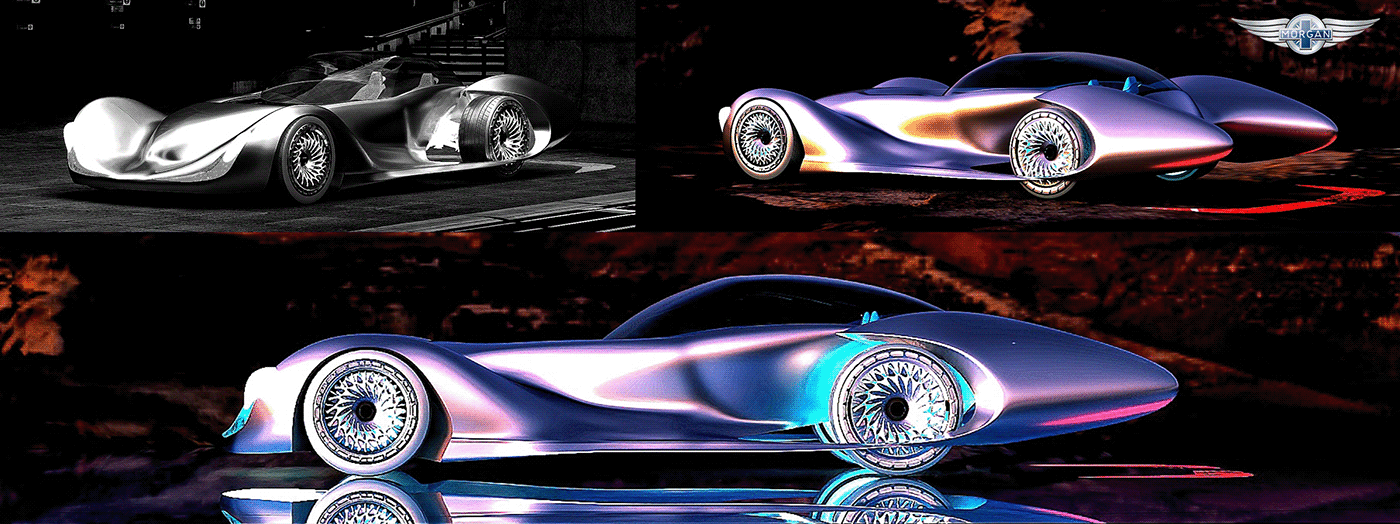

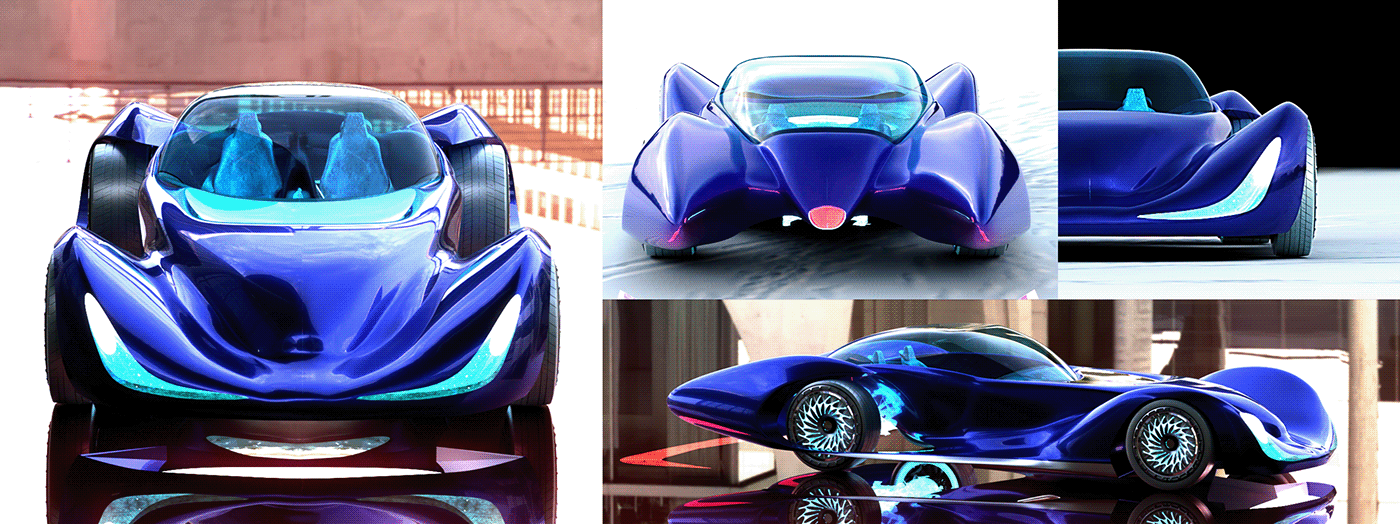


Tata Safari Storme digital art sketched on Adobe Photoshop.

























